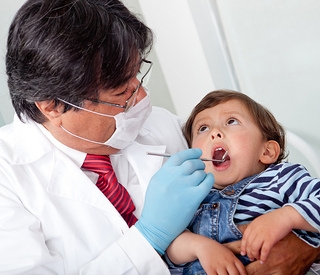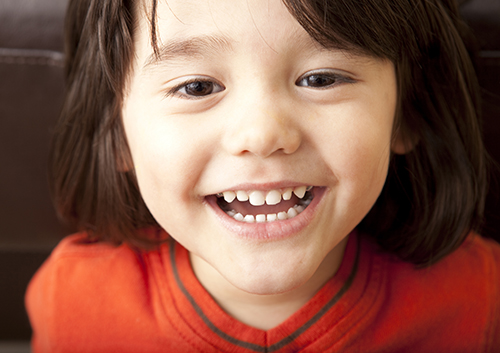Pediatric Dental Emergency Know-How
January 18th, 2023

First aid training is a must when you are a parent. You can put on a bandage with your eyes closed. Perhaps even apply butterfly tape to avoid stitches. What about a dental injury? Do you have a checklist in mind on what to do when a tooth is knocked out, broken, or displaced from impact? All of these situations happen often and should be in a parent’s emergency training regiment. Luckily Dr. Irwin Seidman and our team are here to be a resource for such an incident!
Children’s most common dental injury is chipping a front tooth. It is so common that it seems like a right of passage. Say, for example, a two year old trips and hits her front teeth on the tile floor. First, check to see if the teeth have been broken to the nerve. You can tell if you see layers and a pinkish center. Then, wiggle each tooth and make sure it is not loose. If the teeth feel firmly in place, that is a good sign. Even if they are a little loose, the teeth will tighten again with time. If she develops a severe temperature or bite sensitivity then you know treatment is needed, which may include a root canal. If there are minor symptoms that diminish with time, continued observation will be fine.
Knocking out a tooth is also common and requires more attention than observation alone. As soon as possible, locate the tooth, touch only the crown (not the root), and rinse any debris gently with milk or water. Place it back into the tooth socket as soon as possible. The American Association of Endodontists states a tooth has a high chance of survival and retention for life if it is re-implanted within five minutes or up to 60 minutes if soaking in milk or saline solution. Our team at Palatine Pediatric Dentistry know many parents are nervous about the thought of doing this alone, but not to worry, our team is here to help!
Here’s another dental emergency example: Your child takes an elbow to the mouth during a basketball game and severely displaces a tooth but does not knock it out. What to do? First, apply light pressure in an attempt to move it back into place. Be extremely careful not to use excessive force. Place a cold pack for swelling and contact our office as soon as possible.
A dental emergency can be frightening. It is often messy and painful. The best initial reaction is to remain calm, and remember that we are here to help! Contact us at our Palatine, IL office if your child encounters a dental emergency.





 Website Powered by Sesame 24-7™
Website Powered by Sesame 24-7™